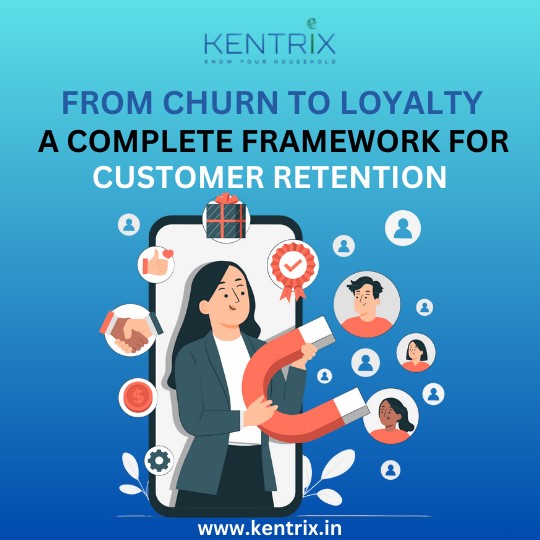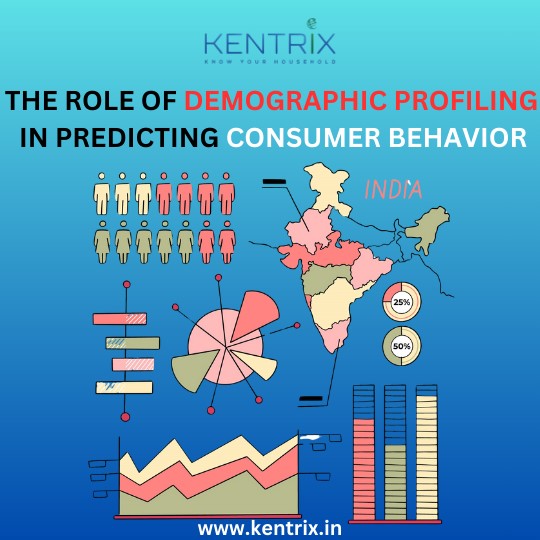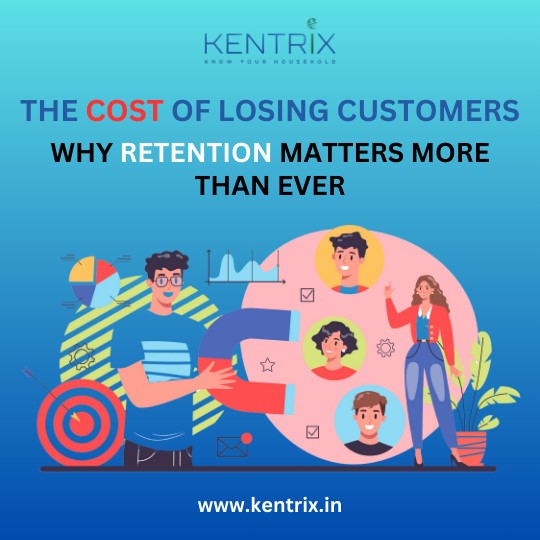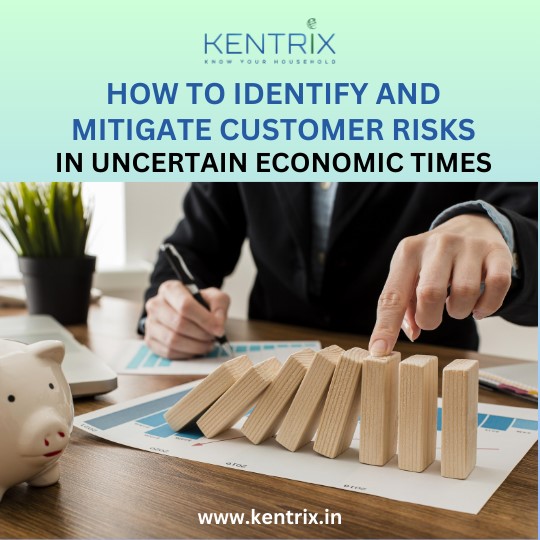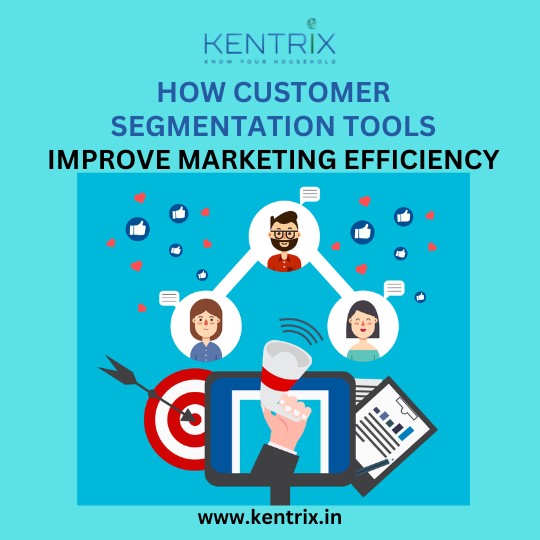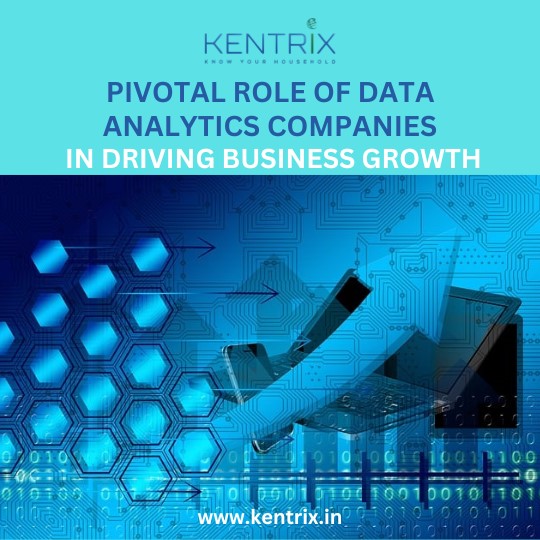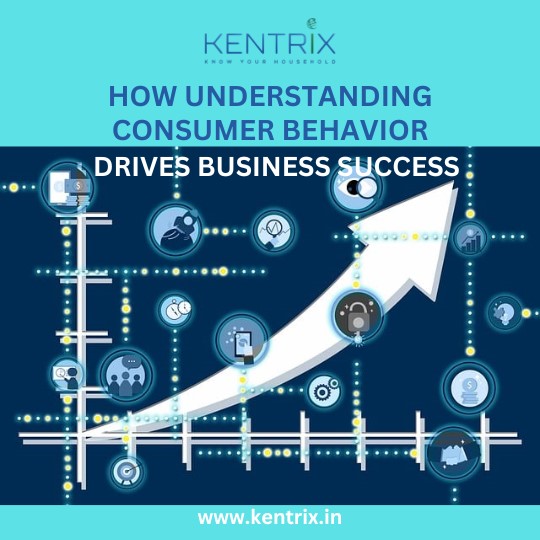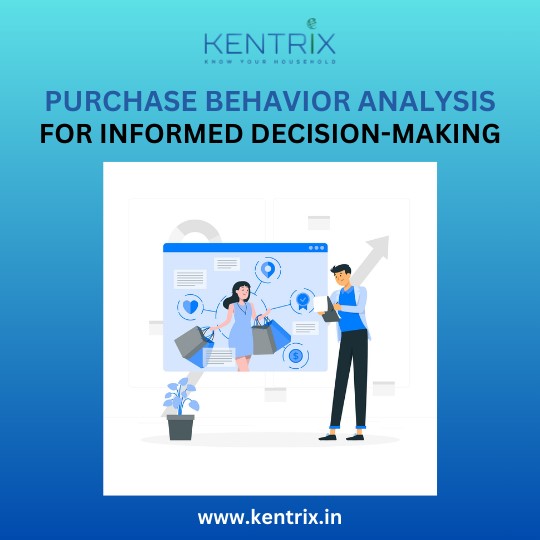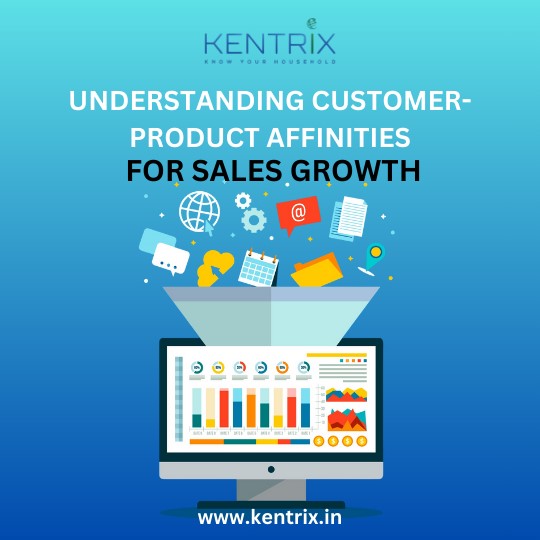In today’s competitive business landscape, retaining customers is as crucial as acquiring new ones. Customer retention not only ensures a steady revenue stream but also fosters brand loyalty and advocacy. This comprehensive guide delves into effective strategies for transforming customer churn into unwavering loyalty, emphasizing the pivotal role of customer retention.
Understanding Customer Retention
What is Customer Retention?
Customer retention refers to a company’s ability to keep its existing customers over a specified period. It involves implementing strategies that encourage repeat business and prevent customers from switching to competitors. High retention rates often indicate customer satisfaction, loyalty, and the overall health of a business.
Importance of Customer Retention
Retaining existing customers is generally more cost-effective than acquiring new ones. Loyal customers tend to spend more over time and can become brand advocates, providing valuable word-of-mouth promotion. Focusing on customer retention leads to increased lifetime value and sustainable business growth.
Strategies for Enhancing Customer Retention
1. Deliver Exceptional Customer Service
Providing outstanding customer service is fundamental to retaining customers. Responsive support, personalized interactions, and proactive communication can significantly enhance customer satisfaction and loyalty. Ensuring that every customer interaction is positive fosters trust and long-term relationships.
2. Implement Personalized Marketing
Personalization involves tailoring products, services, and communications to meet individual customer preferences and needs. Utilizing data analytics to understand customer behavior enables businesses to offer relevant recommendations and promotions, thereby enhancing the customer experience and encouraging repeat business.
3. Develop Loyalty Programs
Loyalty programs incentivize repeat purchases by offering rewards, discounts, or exclusive offers. A well-structured loyalty program can increase customer engagement and foster a sense of belonging, making customers more likely to continue choosing your brand over competitors.
4. Solicit and Act on Customer Feedback
Actively seeking customer feedback through surveys and reviews provides insights into customer satisfaction and areas for improvement. Demonstrating that you value and act upon feedback can strengthen customer relationships and show a commitment to meeting their needs.
5. Utilize Data-Driven Insights
Leveraging data to understand customer demographics, preferences, and behaviors allows for more informed decision-making. Data-driven strategies enable businesses to anticipate customer needs, personalize experiences, and identify at-risk customers, thereby improving retention rates.
Leveraging Kentrix Tools for Customer Retention
Kentrix offers a suite of tools designed to enhance customer retention by providing deep consumer insights and facilitating targeted strategies.
LSI® (Lifestyle Segmentation India)
LSI® segments 915 million Indian consumers based on lifestyle, preferences, and behavior. This segmentation enables businesses to tailor marketing efforts to specific consumer groups, ensuring that communications and offers resonate with the intended audience. By understanding the unique characteristics of each segment, companies can develop personalized strategies that enhance customer engagement and loyalty.
Karma
Karma enriches consumer profiles with detailed attributes such as income, lifestyle, expenditures, and purchase patterns. This comprehensive profiling allows businesses to understand their customers on a deeper level, facilitating personalized marketing and product development. By aligning offerings with customer preferences and financial behaviors, companies can increase satisfaction and retention.
Geomarketeer
Geomarketeer is a micro-market location intelligence tool that utilizes demographic, socio-economic, and point-of-interest data for store and supply network planning. By identifying areas with high concentrations of target customers, businesses can optimize their physical presence and marketing efforts, ensuring accessibility and relevance to their customer base.
Persona 360
Persona 360 integrates lifestyle, demographic, and behavioral data to facilitate personalized social media targeting. This tool enables businesses to craft precise and effective social media campaigns that resonate with specific customer segments, enhancing engagement and loyalty. By delivering relevant content to the right audience, companies can strengthen their brand presence and foster deeper connections with customers.
Implementing Kentrix Tools for Enhanced Retention
By integrating Kentrix’s tools into their customer retention strategies, businesses can:
1. Gain Deep Consumer Insights:
Understand the diverse lifestyles, preferences, and behaviors of the Indian consumer market, allowing for more effective segmentation and targeting.
2. Personalize Marketing Efforts:
Utilize enriched consumer profiles to tailor marketing messages and offers, increasing relevance and appeal to different customer segments.
3. Optimize Location Strategies:
Leverage location intelligence to identify optimal areas for expansion or targeted campaigns, ensuring alignment with the geographic distribution of target customers.
4. Enhance Social Media Engagement:
Deploy precise targeting in social media campaigns to reach and engage specific consumer personas, fostering stronger relationships and loyalty.
Also Read : The Cost of Losing Customers: Why Retention Matters More Than Ever
Conclusion
Transforming customer churn into loyalty requires a strategic approach centered on understanding and meeting customer needs. By delivering exceptional service, personalizing interactions, developing effective loyalty programs, and leveraging data-driven insights, businesses can enhance customer retention. Utilizing tools like those offered by Kentrix further empowers companies to implement targeted and effective retention strategies, leading to sustained growth and a loyal customer base.
